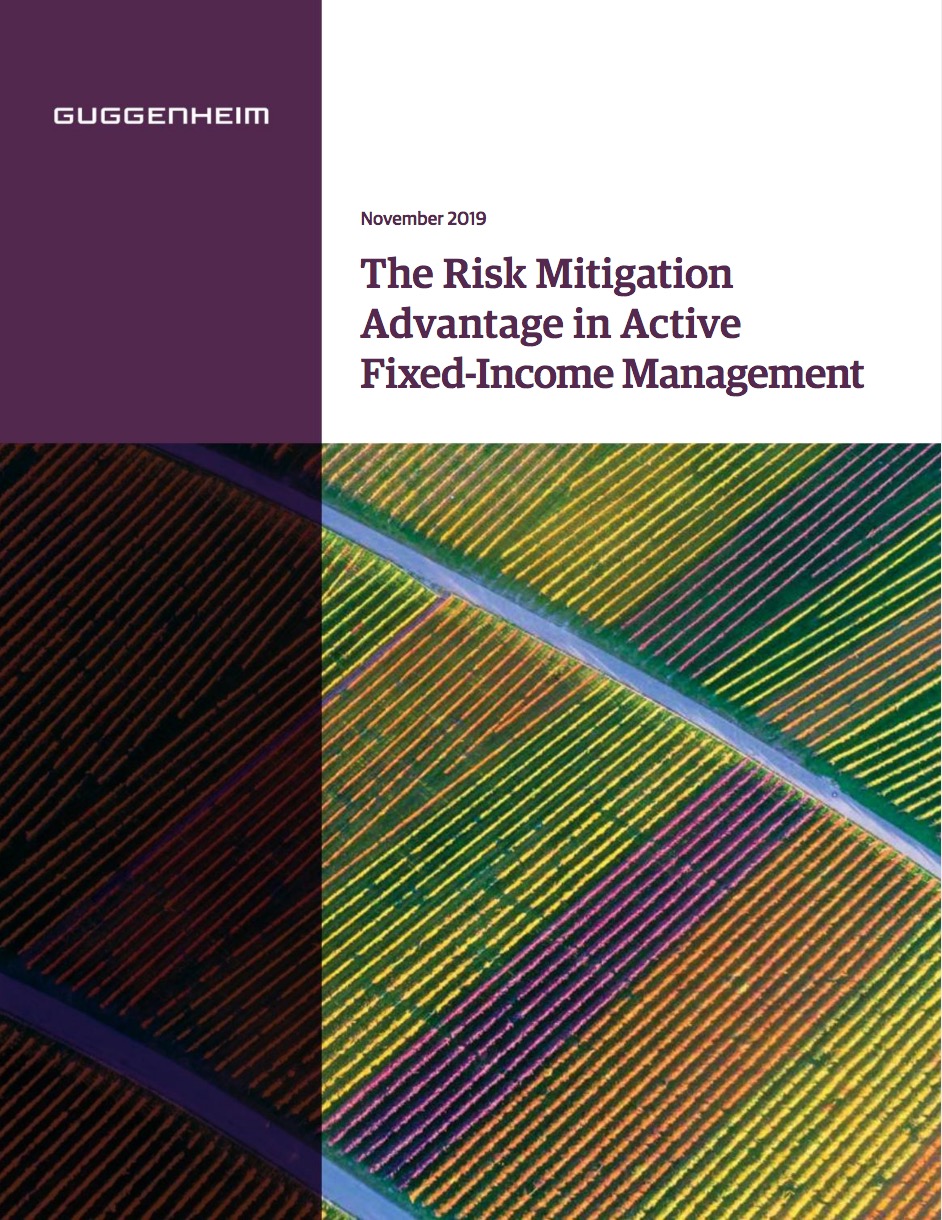Why active has the potential to outperform passive in fixed income.
by Research Team, Guggenheim Partners LLC
Report Highlights
- In the long-running active vs. passive debate, the different characteristics and market structure for stocks and bonds help account for different performance outcomes.
- Unlike in equities, where passive strategies have generally outperformed active managers, active fixed-income managers have generally outperformed passive strategies.
- Risk mitigation is the real advantage of active fixed-income management. The opportunity set of investments outside of the fixed-income benchmark index, and the ability of managers to dial up or dial down risk, are not options for a passive strategy.
- Alert active fixed-income managers can trade out of potential problems before they hurt client portfolios. We believe the next problem to address with active management is the leverage bubble in corporate debt. In particular, the disproportionately large BBB market poses a risk to the markets in the event of a wave of downgrades in the next downturn.
- Using our own active portfolio management decisions as an example, this paper details how an active approach has the potential to outperform passive strategies over time.
















